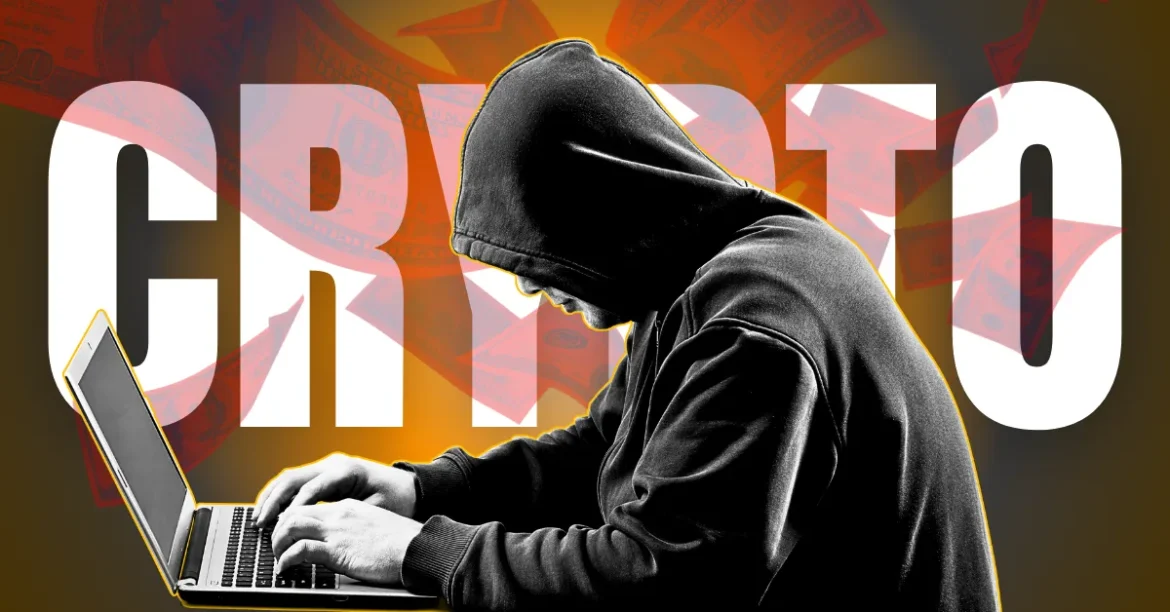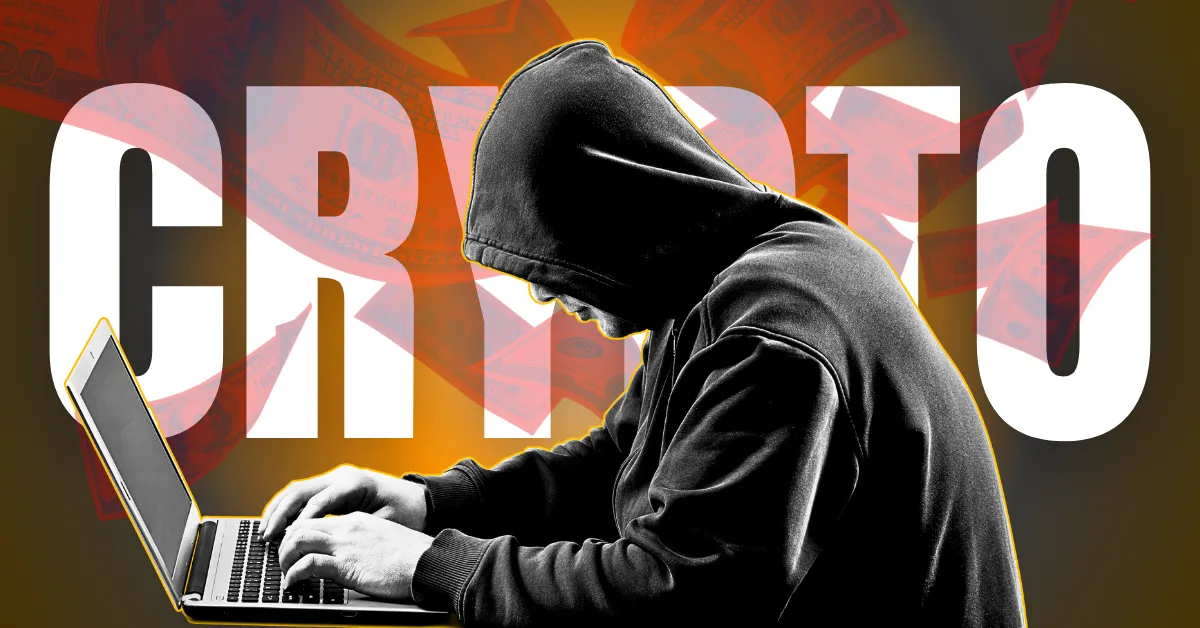The $142 Million Crypto Heist of July 2025: A Wake-Up Call for the Industry
The Escalating Threat Landscape
The cryptocurrency industry faced its most severe security crisis in July 2025, with a staggering $142 million stolen across 17 separate attacks. This alarming figure represents a 27% increase from June’s losses, signaling a disturbing trend of escalating cyber threats. The attacks weren’t confined to obscure platforms; high-profile exchanges like CoinDCX and decentralized finance (DeFi) protocol GMX were among the victims, demonstrating that no entity is immune to these sophisticated breaches.
The sheer scale of these attacks underscores the evolving tactics of cybercriminals, who are becoming increasingly adept at exploiting vulnerabilities in both centralized and decentralized systems. The financial impact is undeniable, but the broader implications for investor confidence and industry reputation are even more concerning. As the crypto ecosystem continues to grow, so too does its appeal to malicious actors seeking to exploit its vulnerabilities.
The Anatomy of the Attacks
CoinDCX: The Insider Threat
The CoinDCX breach, which resulted in a $44 million loss, stands out due to its suspected insider involvement. Initial investigations suggest that someone with internal access facilitated the attack, raising serious questions about the exchange’s security protocols. Insider threats are particularly insidious because they bypass traditional security measures, exploiting legitimate access to sensitive systems.
This incident highlights the critical need for robust internal security measures, including strict access controls, regular audits, and comprehensive background checks for employees. The crypto industry must recognize that the greatest threats may not always come from external hackers but from within their own organizations.
GMX: The Smart Contract Vulnerability
The $42 million exploit of GMX underscores another critical vulnerability in the crypto space: smart contract flaws. Smart contracts, which are self-executing agreements written in code, are the backbone of many DeFi platforms. However, if these contracts contain bugs or vulnerabilities, they can be exploited to drain funds or manipulate the system.
The GMX exploit likely involved the identification and exploitation of a flaw in the platform’s smart contract code, allowing the attacker to siphon funds without authorization. This incident serves as a stark reminder of the importance of rigorous auditing and testing of smart contracts before deployment, as well as ongoing monitoring for potential vulnerabilities.
The Speed of the Getaway: Laundering Stolen Funds
One of the most challenging aspects of crypto heists is the speed at which stolen funds are laundered. Reports indicate that attackers are often able to move and obfuscate the stolen cryptocurrency within minutes of the initial breach. This rapid laundering makes it extremely difficult for law enforcement and security firms to track and recover the stolen assets.
The use of mixers, tumblers, and other anonymizing techniques further complicates the process, allowing hackers to break the chain of custody and obscure the origin of the funds. The speed and efficiency of these laundering operations highlight the need for more sophisticated tracking and tracing tools, as well as greater collaboration between exchanges, security firms, and law enforcement agencies.
The Wider Impact on the Crypto Ecosystem
The $142 million in losses represents a significant financial blow, but the impact extends far beyond the immediate victims. Such incidents erode investor confidence, discourage participation, and damage the overall reputation of the cryptocurrency industry. Potential investors may become hesitant to enter the market, while existing users may become more cautious about storing their assets on exchanges or participating in DeFi platforms.
The increased regulatory scrutiny that often follows such attacks can also stifle innovation and slow down the adoption of cryptocurrency. Governments and regulatory bodies may feel compelled to impose stricter rules and regulations in an attempt to protect consumers and prevent future incidents. While regulation can play a positive role in promoting stability and security, excessive or poorly designed regulations can stifle growth and drive innovation to other jurisdictions.
Strengthening Crypto Security: A Collective Effort
The events of July 2025 serve as a wake-up call for the cryptocurrency industry, highlighting the urgent need for improved security measures and a more proactive approach to threat detection and prevention. Several key areas require immediate attention:
Enhanced Smart Contract Audits
Rigorous and independent audits of smart contracts are essential to identify and fix vulnerabilities before they can be exploited. These audits should be conducted by experienced security professionals with expertise in smart contract security. Regular audits and continuous monitoring can help ensure that smart contracts remain secure as the underlying code evolves.
Improved Access Controls
Implementing strict access controls and monitoring internal activity can help prevent insider threats and unauthorized access to sensitive systems. Multi-factor authentication, role-based access control, and regular security audits are crucial components of a robust access control system. Organizations should also consider implementing zero-trust security models, which assume that every access request is a potential threat until proven otherwise.
Real-Time Monitoring and Threat Detection
Implementing real-time monitoring and threat detection systems can help identify and respond to suspicious activity before it results in a major breach. These systems should be able to analyze network traffic, user behavior, and system logs to detect anomalies and potential threats. Advanced machine learning algorithms can be particularly effective in identifying patterns and predicting potential attacks.
Collaboration and Information Sharing
Greater collaboration and information sharing between exchanges, security firms, and law enforcement agencies are essential to combatting crypto crime. Sharing threat intelligence, incident reports, and best practices can help the industry collectively defend against emerging threats. Establishing industry-wide standards and protocols for reporting and responding to security incidents can also enhance the overall resilience of the crypto ecosystem.
User Education
Educating users about common scams, phishing attacks, and other security risks can help them protect themselves from becoming victims of cybercrime. Exchanges and platforms should provide clear and concise security guidance to their users and encourage them to adopt best practices such as using strong passwords and enabling two-factor authentication. User education is a critical component of a comprehensive security strategy, as even the most sophisticated security measures can be bypassed by human error or negligence.
Conclusion: A Call to Action for a More Secure Future
The $142 million crypto heist in July 2025 was a stark reminder of the ongoing security challenges facing the cryptocurrency industry. While the losses were significant, they also present an opportunity for the industry to learn from its mistakes and build a more secure and resilient ecosystem. By investing in enhanced security measures, promoting collaboration, and educating users, the crypto community can work together to deter future attacks and build a more trustworthy and sustainable future for digital assets. The time for complacency is over; the future of crypto depends on our collective commitment to security.





